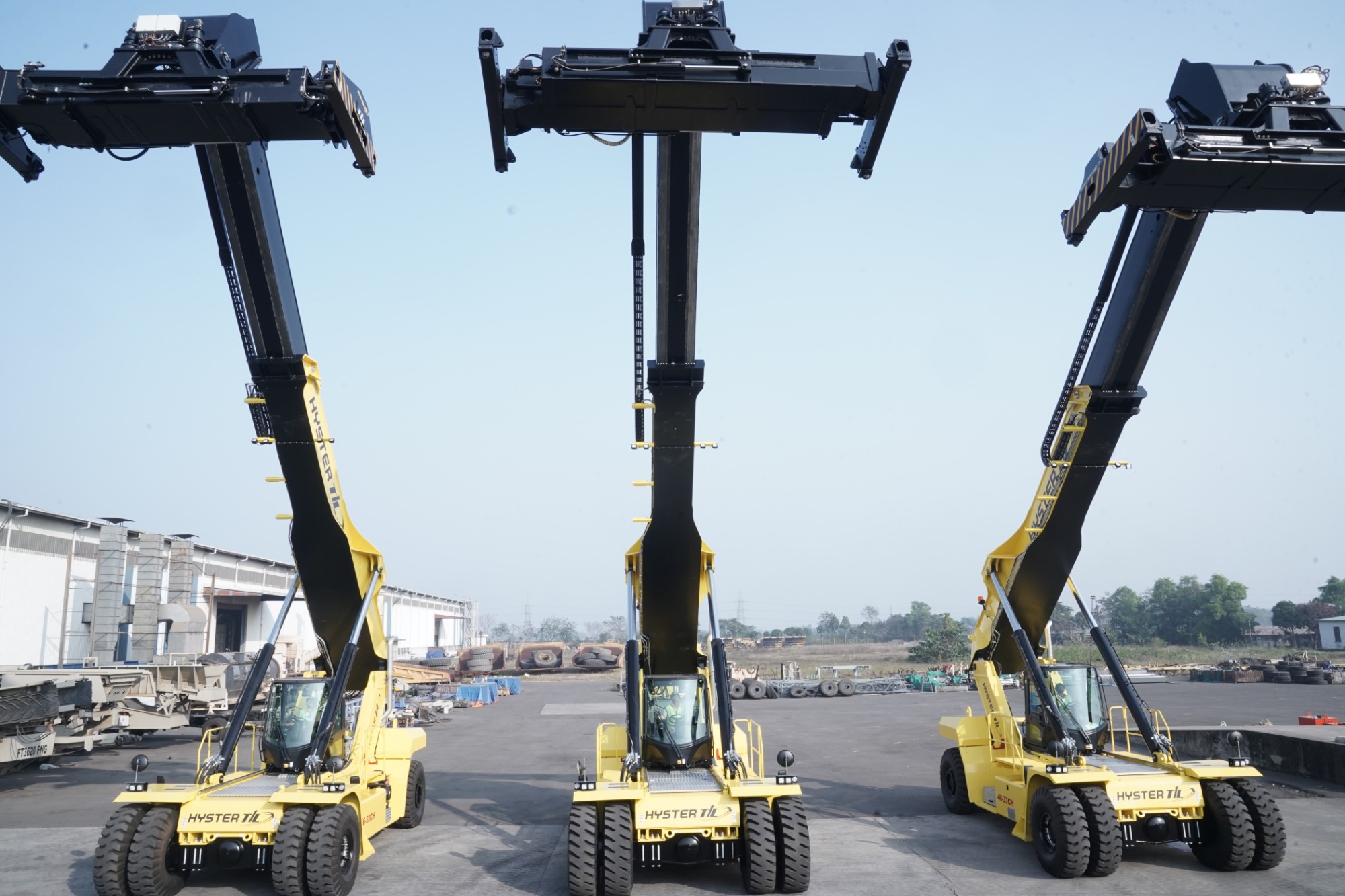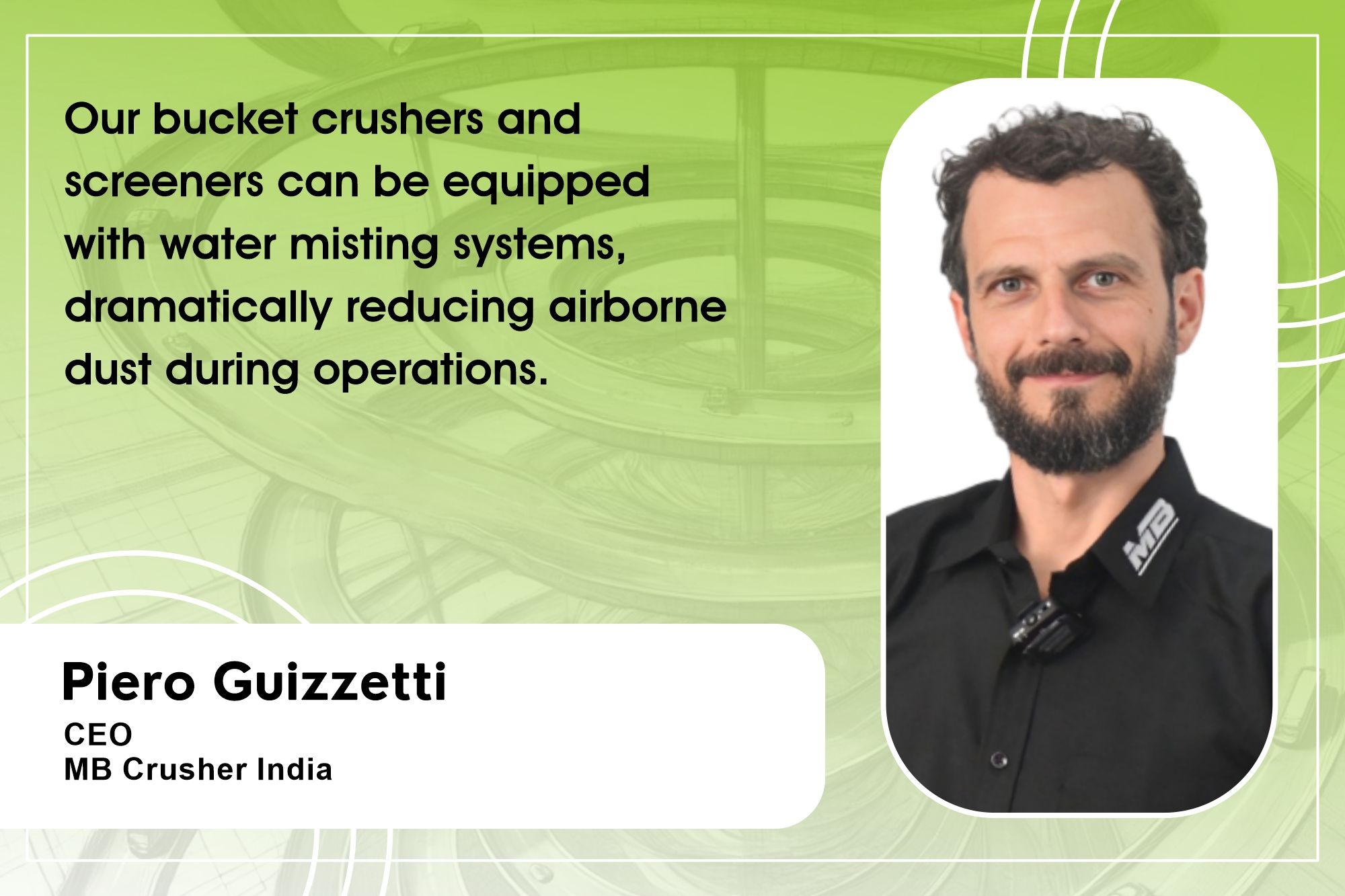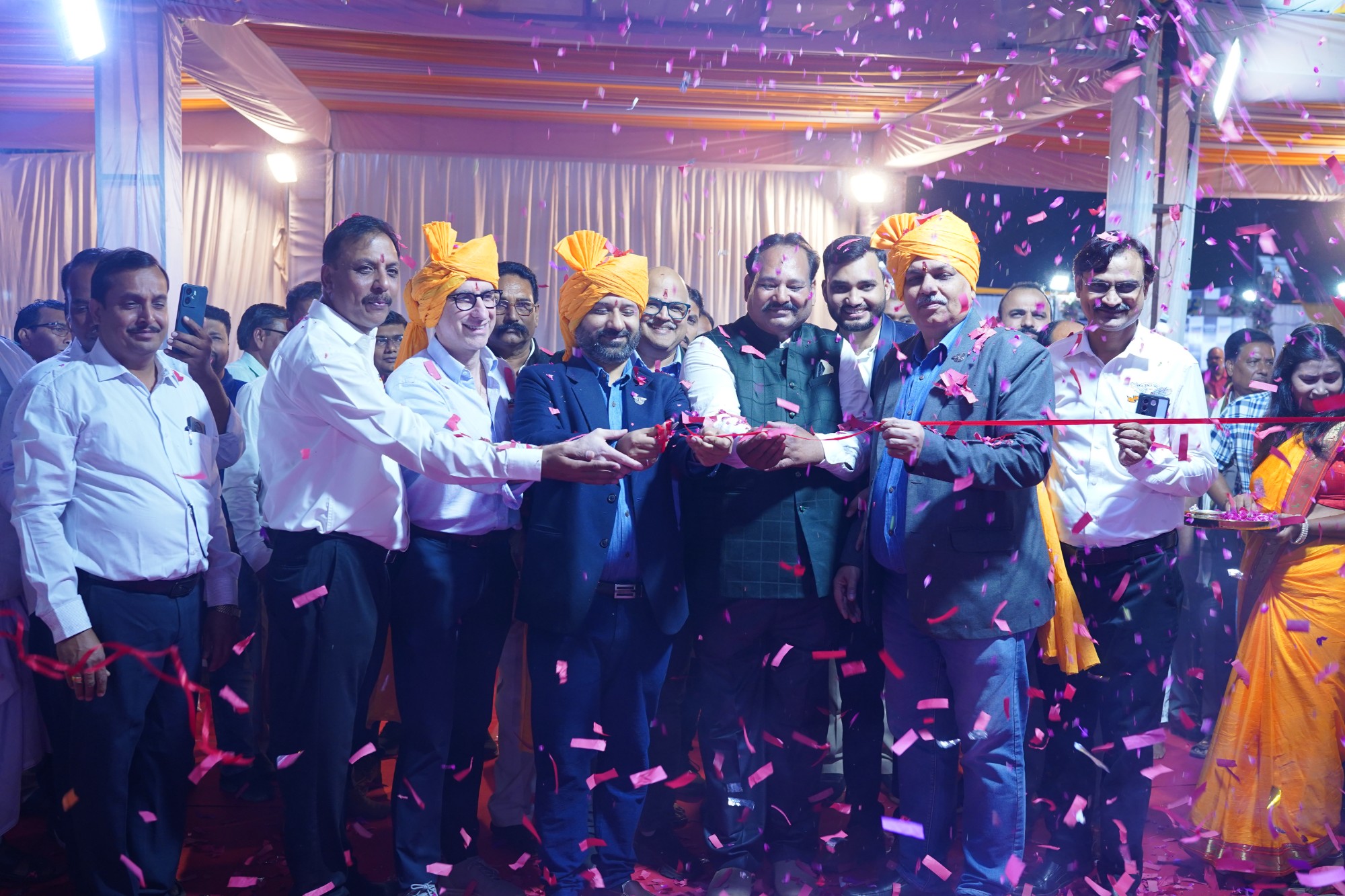We offer a range of digital features in our equipment
By Edit Team | June 10, 2021 5:14 pm SHARE

We have incorporated systems like Eagle-Eye telematics with GPS tracking which helps in monitoring the machine and relays real-time alarms related to fuel, battery, coolant temperatures etc, says Sandeep Mathur, India CE – Brand Leader, Case India.
How do you see the government support to the roads and highways construction in India?
The Budget 2021-22 has put a lot of focus on reviving the infrastructure sector. The government’s effort towards further enhancing the roads and highways projects to 7,400 new projects is a welcome step that will ensure a better year for the infrastructure sector as well as for the construction equipment industry. The announcement of the introduction of the Development Finance Institution providing Rs 20,000 crore to launch the National Asset Monetisation Pipeline to fund new infrastructure projects will strengthen the stability of the sector further.
Moreover, the Minister of Road Transport and Highways Nitin Gadkari has also set the target for 2026 and planned to expand around 60,000 km of national highways (NHs) in the next five years. The government’s vision of committing Rs 1.97 trillion to the manufacturing sector over five years will also help the industry immensely. We are confident that all these efforts will play an important role in reviving the sector.
As projects are growing bigger with shrinking execution timelines, how challenging is the project execution today?
Infrastructure projects are getting delayed owing to the second wave of the pandemic and its effect on various aspects of a business such as logistics, production, transport services, etc. An increase in labour migration due to panic has further caused slow progress or delay in projects. These factors have led to shrinking timelines and increasing cost. However, the government is trying to curb the situation by introducing various measures. The government is inviting a bid for 1,000 km highway construction worth Rs 50,000 crore. Discussion is underway to offer relief measures to road contractors and direct-immediate relief for the construction sector. For labourers also the Central Government has proposed state governments to ensure vaccination, livelihood support etc. These measures are an attempt to ensure the growth of the industry and would most likely result in an increased demand for road construction equipment as well. As per ICRA, the construction equipment industry is poised to grow by 15-20 per cent in CY2021 after a 10-12 per cent contraction in CY2020, dragged down primarily by the 39 per cent decline in H1 CY2020. At Case, we are ready to partake in all upcoming projects with our full portfolio of efficient equipment for every terrain and size.
How are digital technologies and advanced construction equipment helping the contractors to meet the quality parameters and stringent execution timelines?
Industry 4.0 has enabled real-time integration of manufacturing and digital tools for improved efficiency and productivity. According to a report by Mckinsey, harnessing digital technologies like IoT, AI and automation, processes will help in 30-50 per cent reduction in machine downtime; 15-30 per cent improvement in labour productivity; 10-30 per cent increase in throughput; and 10-20 per cent decrease in the cost of quality. These technologies will also enable us to decrease dependency on labour and create smart and intuitive products for the future with higher efficiency, productivity, and low downtime.
At Case, we offer a range of features like CIHS, telematics etc, in our equipment which helps in managing quality and execution. Case Intelligent Hydraulic System (CIHS) in-built in excavator improves fuel efficiency and provides smooth control. The advanced hydraulic system offers higher breakout forces, improved swing speeds and greater swing torque, resulting in faster cycle times and a five per cent increase in productivity. Our renowned Eagle-Eye Telematics solution equipped with BOSCH technology is a real-time vehicle tracking and communication system based on GPS technology which helps in monitoring the performance, security and efficiency of the equipment.
It provides live tracking for the operating machines and assists in geofencing — by setting a predefined area on a map beyond which the machine doesn’t work. This also helps in alerting the user to any kind of theft or unauthorised usage of the machine along with device tempering alerts. This advanced solution also comes with pre-emptive critical machine parameter alerts such as an indication of engine oil pressure, coolant temperature, transmission oil temperature, hydraulic filter status and battery status. It helps the operator in keeping track of service history and sending service reminder alerts along with information on the nearest service centre location.
Globally, our R&D team keeps working on new technologies to offer advanced and efficient solutions to our customers. Project Tetra is one such example. It is the first Natural Gas construction machine powered by a 6-cylinder NG engine from FPT Industrial’s NEF family. The engine runs on compressed natural gas (CNG), ensuring 15 per cent less CO2 and 99 per cent less particulate matter emissions than its diesel-based counterparts. Such interventions are beneficial to the industry and the environment as a whole and are a step in the right direction.
How do digital tools and technologies provide safer and better-quality construction in bridge projects?
At Case, our focus is on smart technology which not only ensures improved efficiency but also guarantees safety without compromising on the quality.
To ensure the safety and efficiency of a machine in challenging atmospheres, we have incorporated systems like Eagle-Eye telematics with GPS tracking which helps in monitoring the machine and relays real-time alarms related to fuel, battery, coolant temperatures etc. Case Intelligent Hydraulic System (CIHS) ensures high precision and controllability. Designed in Japan for fine, precise and efficient operations; the hydraulic system is governed by a Machine Control Unit which collects input from pressure sensors located on pumps, main valve and pilot lines. The Machine Control Unit continuously dialogues with the Engine Control Unit to optimize machine output at any moment in any condition. This system offers higher breakout forces, improved swing speeds and greater swing torque, resulting in faster cycle times and a five per cent increase in productivity.
Recently, we have also launched our SiteWatch platform with an all-new dashboard, more intuitive navigation and new overview sections that highlight critical information without requiring the user to search extensively for the data. We have always believed in incorporating technology that enables and will continue to do so.
How will new-age technologies play a major role in the future roads and bridges construction in the country?
The construction industry has evolved a lot in the past couple of years and continues to do so. Currently, Industry 4.0 is revolutionising the manufacturing industry by bringing automation and emerging technologies such as IoT, digitization etc, together to create smart tools and factories for the future. The companies in the sector, in a bid to thrive in the future, have become more agile and foresighted as well.
Worldwide, the presence of future-ready technologies can be seen in many sectors. In India, however, it may take some time to completely introduce and use these technologies due to a lack of proper infrastructure, knowledge and excess labour.
The use of new technologies will help in a better quality of output, improved efficiency, control and flexibility and subsequently timely completion of projects, thereby saving costs while also helping in faster infrastructure development in the country.
Cookie Consent
We use cookies to personalize your experience. By continuing to visit this website you agree to our Terms & Conditions, Privacy Policy and Cookie Policy.




































-20240213125207.png)

























